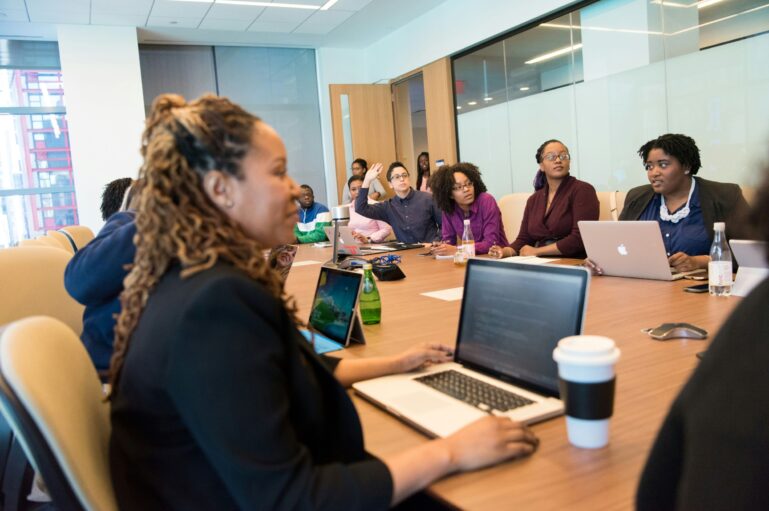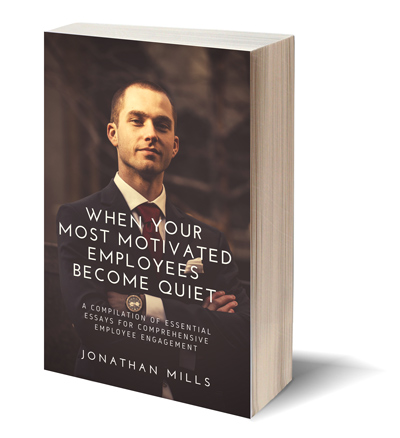Wellbeing, and specifically mental health, is much more than the absence of illness or disease – it encompasses feelings of comfort and happiness, positive and constructive thought-processing, and a strong sense of self-efficacy (the belief that you have the ability to find solutions to any of the challenges that may come your way). This resilience enables reflective thinking, rational decision-making, and deliberate solution-finding. A mentally healthy person is hopeful, forward-looking, and involved in life. People with sound mental health typically have the courage and grit to keep on going, even when faced with extremely challenging circumstances. Mentally healthy people are at peace with themselves.
The huge impact of serious issues that the world has faced over the past three years, however, has resulted in a marked decline in mental health. In the first year of the COVID-19 pandemic, global prevalence of anxiety and depression increased by a massive 25% (according to a scientific brief released by the World Health Organization (WHO) in March 2022). There seem to be multiple stress factors – one major explanation for the increase is the unprecedented stress caused by the social isolation resulting from the pandemic. Linked to this were constraints on people’s ability to work, seek support from loved ones and engage in their communities. Loneliness, fear of infection, suffering and death for oneself and for loved ones, grief after bereavement and financial worries have also all been cited as stressors leading to anxiety and depression. Among health workers, exhaustion has been a major trigger for suicidal thinking.
Young people and women seem to have suffered the most – the brief, which is informed by a comprehensive review of existing evidence about the impact of COVID-19 on mental health and mental health services and includes estimates from the latest Global Burden of Disease study, shows that the pandemic has affected the mental health of young people and that they are disproportionally at risk of suicidal and self-harming behaviours. It also indicates that women have been more severely impacted than men and that people with pre-existing physical health conditions, such as asthma, cancer, and heart disease, were more likely to develop symptoms of mental disorders.
The latest Mental State of the World report (published annually by the Mental Health Million Project, the report reached a total of 223 087 respondents from 34 countries. They form part of the Core Anglosphere, Spanish-speaking Latin America, the Arab world, Spanish & French speaking continental Europe and Africa) has identified South Africa as the lowest-ranked country based on mental wellbeing. It also revealed how the mental health of younger generations has plummeted, growing up in an internet-dominated and inequitable world. With over 11 887 respondents, South Africa had the lowest Mental Health Quotient score of 46%. “At least 44% of 18- to 24-year-olds had mental wellbeing scores within this distressed or struggling range. This represents a growing gap between generations that, while present prior to the COVID-19 pandemic, has since been exacerbated. It also stands in stark contrast to the happiness and wellbeing patterns documented prior to 2020,” stated the study.
Authors of the report suggested reasons behind the rapid shift in mental wellbeing among young adults. They identified four potential factors:
- Income inequality
- Political instability
- Factors related to the internet
- Environmental toxins
Of the four, the internet has definitely had the greatest impact. An increase in social media usage and screen time occupies such a large fraction of waking time that it crowds out time previously spent on in-person social interactions. This is crucial when building and maintaining a strong ‘social self’, one of the five dimensions of mental wellbeing. The others are mood and outlook, drive and motivation, cognition, and the mind-body connection.
Add to the above poverty, hunger, and stressful environments (like climate change incidents, wars, geo-political threats, etc.) and you have a recipe for mental health breakdown. Many are at the end of their ropes, anguished and stressed out by life itself.
Apart from the work that communities should be doing to care for the wellbeing of their members, companies need to play larger roles in creating and securing cultures that care for and promote the mental health of their employees. Managers and human resource staff need to be watchful for early signs of employee distress and take appropriate action to avoid further deterioration of conditions and accelerate healing.
Alinda Nortje, Founder and Executive Chairperson of Free To Grow, notes six actions for managers to promote employee wellbeing:
- Strengthen the sense of belonging and social connection in the team
- Be a role model of mentally healthy behaviours and attitudes
- Encourage open and positive discussions of mental health
- Keep a close eye on the wellbeing of the team and check in now and then
- Spot signs of drops in mental health and follow up with wellbeing conversations
- Support employees with a mental health crisis and refer them to professional help
At the end of your rope? Don’t leave your condition unchecked but rather seek out help – there are plenty of professionals who are able to guide you back to the path that leads to mental wellbeing and wholeness. Neglect will just worsen your state of mind.
Free To Grow offers the programme, Staying Strong, to companies to assist them with growing and boosting their employees’ wellbeing and mental health fortitude. For more information, please contact me on jonathan@ftgsa.co.za










